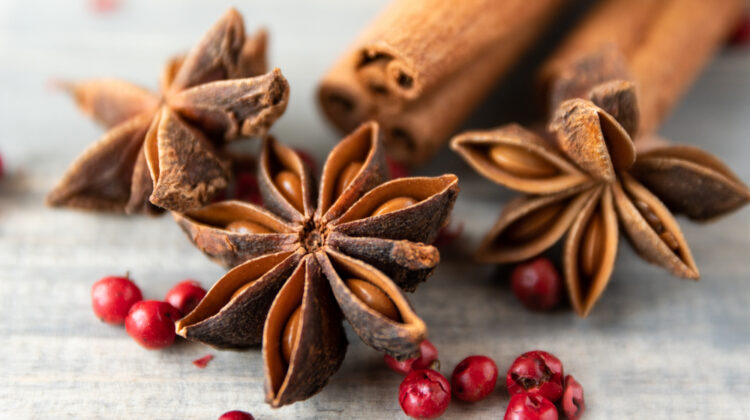
Picture this: wars fought over peppercorns, fortunes made from cinnamon sticks, and entire continents discovered in the quest for nutmeg. Sound dramatic? Welcome to the wild, wonderful world of spices! If you’ve ever stared at your spice rack feeling overwhelmed by those mysterious little jars, you’re about to unlock secrets that will completely transform your cooking. Get ready to discover how these tiny flavor powerhouses shaped civilizations, why they’re worth their weight in gold, and most importantly—how to use them to turn even the simplest meals into something absolutely incredible.
When Spices Ruled the World
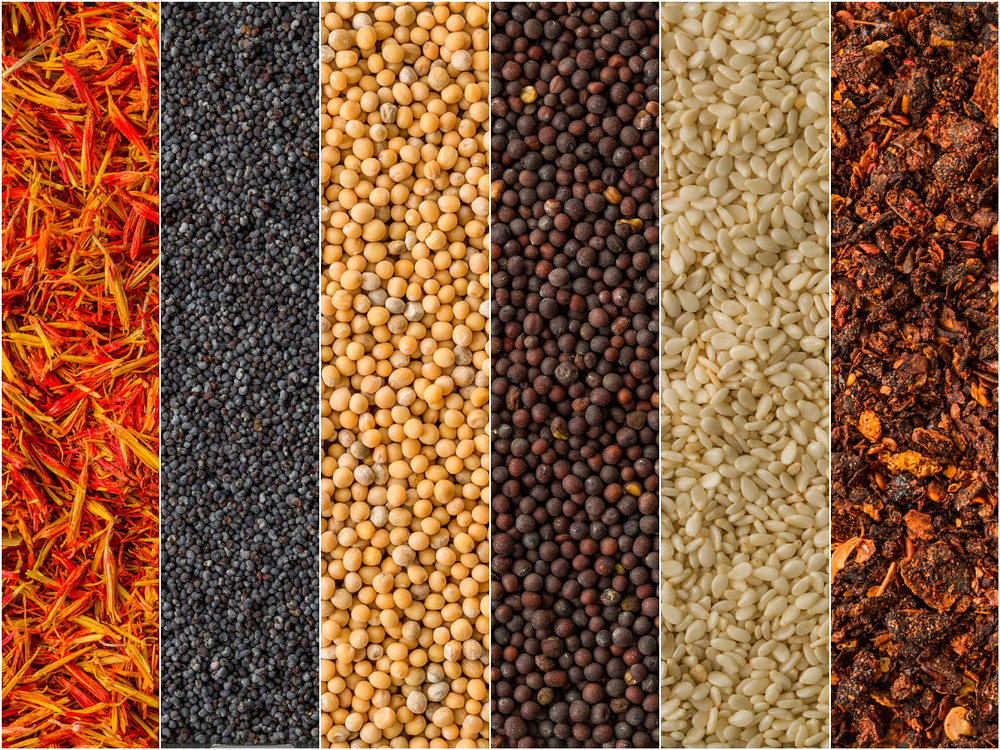
Think modern-day billionaires are impressive? Meet the original spice traders! Archaeological studies reveal that humans have been obsessing over aromatic plants for 60,000 years in regions of Iraq and China. But it gets better—by 3500 BCE, ancient Egyptians were already using spices not just for mind-blowing flavors, but for cosmetics and even mummifying their pharaohs. Talk about multi-purpose!
The Original Global Economy
Here’s where things get seriously exciting. By 2000 BCE, the spice trade was absolutely booming throughout the Indian subcontinent and Middle East. We’re talking about cinnamon and black pepper becoming the hottest commodities on Earth—literally worth more than gold! Cloves were already making waves in Mesopotamia by 1700 BCE, proving that humans have always known good flavor when they taste it.
Want proof of how obsessed ancient civilizations were with spices? The earliest written records come from Egyptian, Chinese, and Indian cultures, with the incredible Ebers Papyrus from 1550 BCE describing eight hundred different herbal remedies. These weren’t just mere recipes—they were true powerhouses of health!

The Great Spice Race

Now, here’s where our history books probably start getting interesting. For nearly 5,000 years, Arab middlemen had a complete monopoly on the spice trade—imagine being the only person who could get everyone their flavor fix! This monopoly was so powerful that it literally launched the Age of Exploration.
Christopher Columbus sailed west in 1492, thinking he’d find a shortcut to the “Spice Central” of India, yet instead stumbled upon America. Meanwhile, Portuguese navigator Vasco da Gama actually made it around Africa to India in 1498, returning home loaded with nutmegs, cloves, cinnamon, ginger, and peppercorns. Can you imagine being the first European to taste authentic Indian spices fresh from the source?
Revolutionary Flavor
Even Americans’ ancestors were spice rebels! After the Boston Tea Party in 1773, drinking tea became unpatriotic, so Americans got creative with spices and herbs to replace it—think sassafras bark, chamomile flowers, and spearmint leaves. By the late 1700s, America had joined the global spice game, trading goods for pepper, cassia, cloves, cinnamon, and ginger.
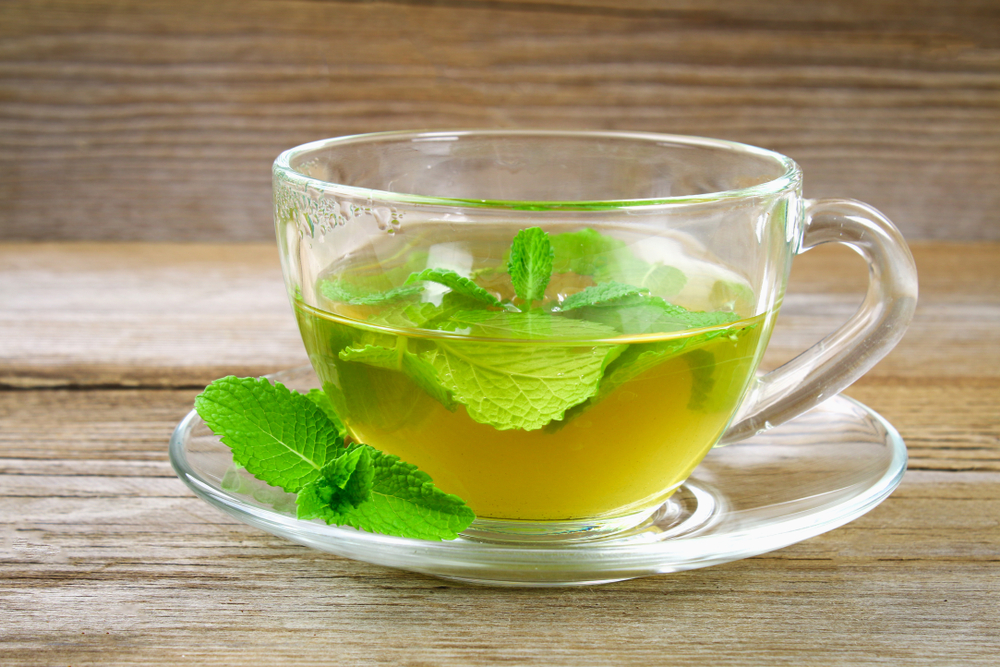
Your Spice Cabinet: A World of Flavor Waiting to Happen
Ready to turn your kitchen into a flavor laboratory? Let’s talk about the superstars sitting quietly in your spice rack right now—and trust me, they’re capable of way more than you think.
The Heavy Hitters
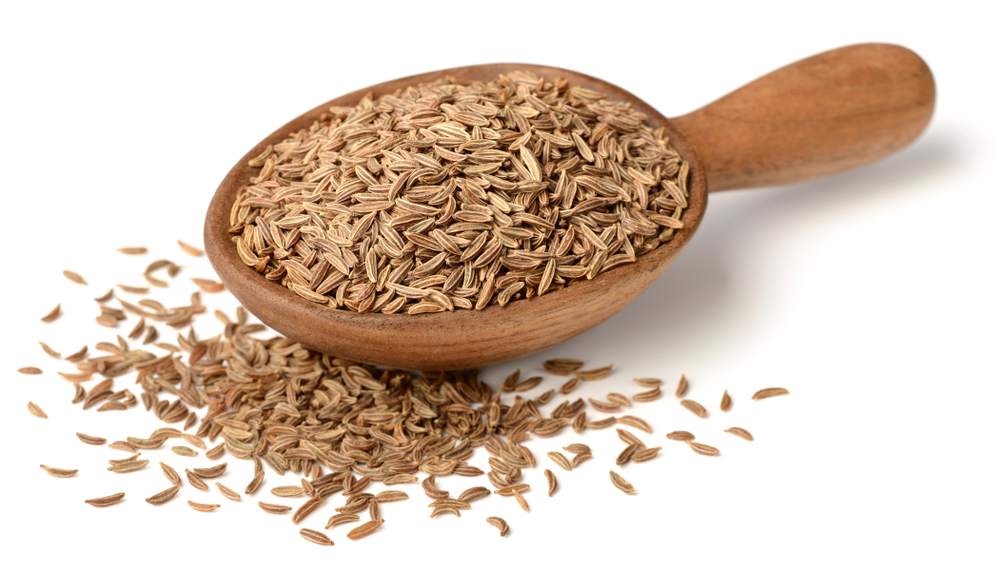
Cumin isn’t just for tacos—this earthy powerhouse is the secret weapon in Middle Eastern, Indian, Latin American, and Spanish kitchens. It delivers warm, earthy aromas with spicy and subtly sweet notes that’ll make your taste buds do a happy dance.
Fennel seed is like having a little bit of magic in a jar. With its subtle sweetness and licorice-like flavors, it transforms everything: from Italian sausages to homemade liqueurs. Pro tip: try making fennel tea—it’s surprisingly addictive!

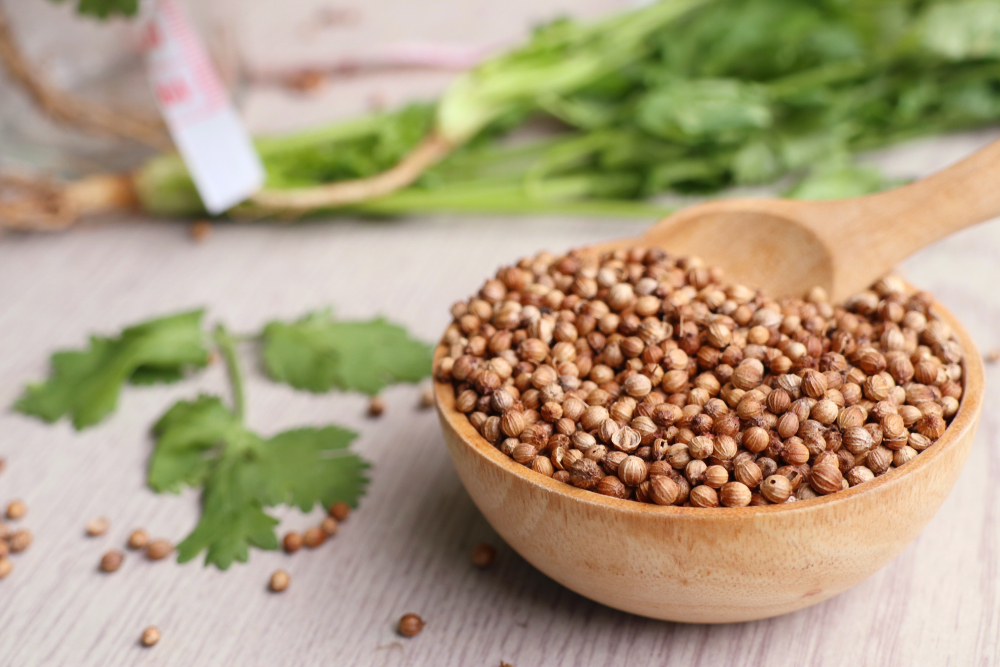
Coriander (those little round seeds) packs an aromatic, citrusy punch with hints of sweetness. It’s absolutely incredible with egg dishes and fish, and may revolutionize your pickle game.
The Exotic Adventures
Want to feel like a world traveler without leaving your kitchen? Chinese Five Spice Powder combines Szechuan peppercorns, star anise, cassia, fennel, and clove into something that tastes like warm, licorice-kind magic with complex, cool, peppery notes. One whiff and you’re transported to a bustling Beijing food market.

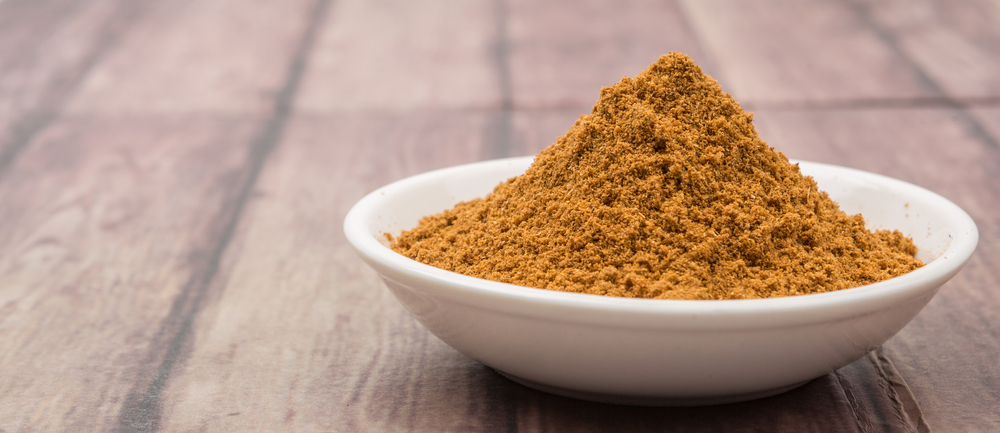
Garam masala is India’s gift to quick cooking—it’s perfect for adding maximum flavor in minimum time. Swirl it into yogurt with mango chutney for an instant dipping sauce that’ll blow your mind.
Jerk spices from Jamaica pack salt, cayenne, cumin, smoked paprika, cinnamon, garlic powder, onion powder, and thyme into complex, zesty, slightly sweet explosions of flavor. Your grill will never be the same.
Insider Secrets: How to Cook Like a Spice Master
Want to know the difference between amateur and expert spice use? It’s all about the insider tricks that professional chefs guard like state secrets.
The Golden Rules
- Here’s the game-changer: buy whole spices and grind them yourself. Seriously, this one change will make people think you’ve been secretly taking cooking classes. Pre-ground spices are like three-day-old coffee—technically still the same thing, but missing all the magic.
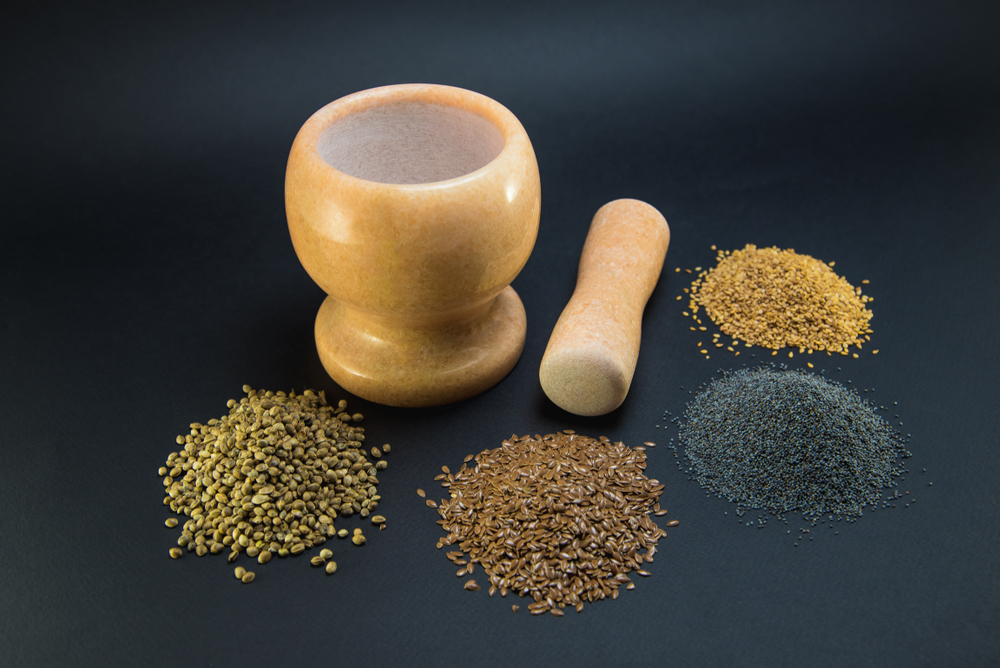
2. Trust your taste buds over measuring spoons. Spice potency varies like crazy, so what worked last month might need tweaking today. Taste, adjust, taste again—it’s the only way to develop that intuitive cooking confidence.
Timing Is Everything
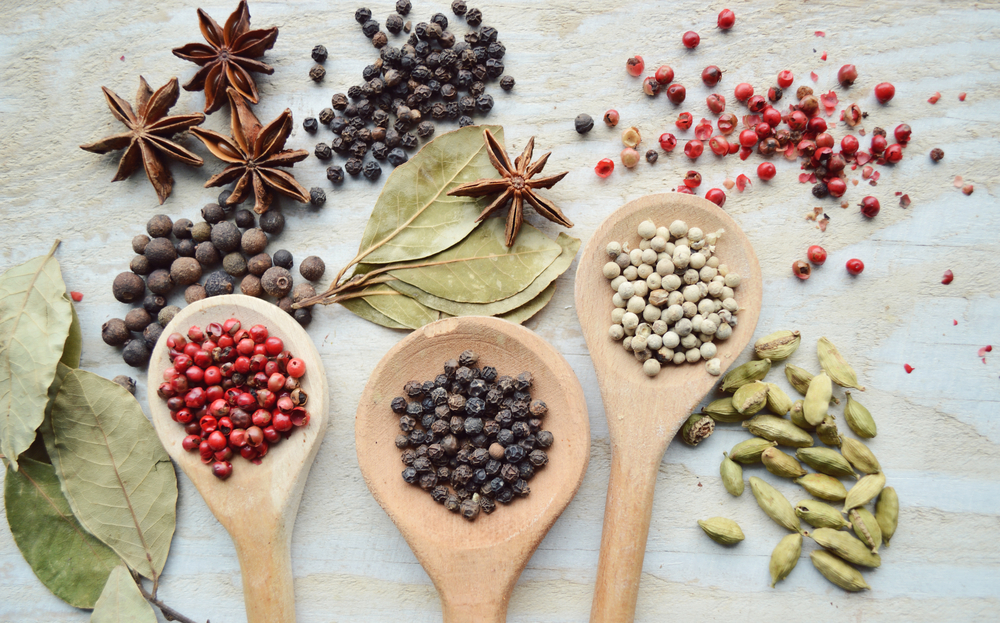
Most hard spices want to party from the beginning—add them early in the cooking process so they have time to release their full flavor potential. But some spices are divas: specially prepared blends like garam masala or soft, leafy spices like marjoram should make their grand entrance toward the end to preserve their aromatic complexity.
Temperature control separates the pros from the amateurs. Low heat lets spices slowly release their flavors, creating complex, integrated tastes. Rush them with high heat, and they might turn bitter on you. Never, never throw chili, garlic, curry, or paprika into bubbling hot oil—it’s a one-way ticket to Bitter City.
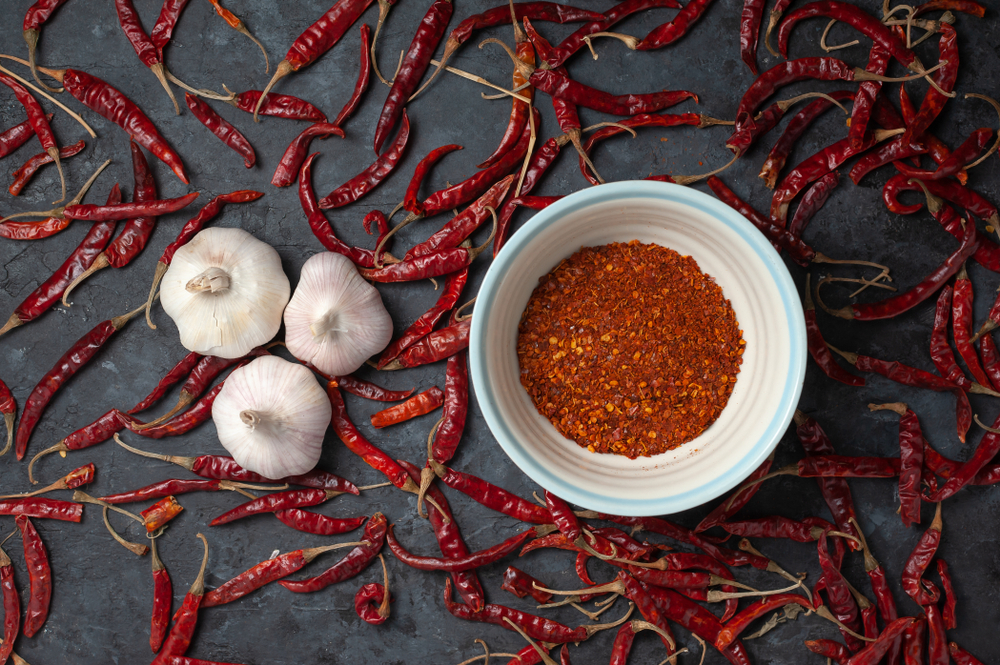
Rescue Operations
Made your dish too spicy? Don’t panic! Add acid (lemon, lime, or vinegar), salt to enhance other flavors, or something sweet (sugar or honey) to balance the heat. It’s like having a culinary first aid kit.
For cold dishes, add your spices well before serving—they need time to work their magic. And here’s a pro tip: when using powerhouse spices like curry and cinnamon, dial back the salt, or you’ll end up with an oversalted disaster.
Real-World Spice Magic: Recipes That’ll Change Your Life
Transform Your Soups
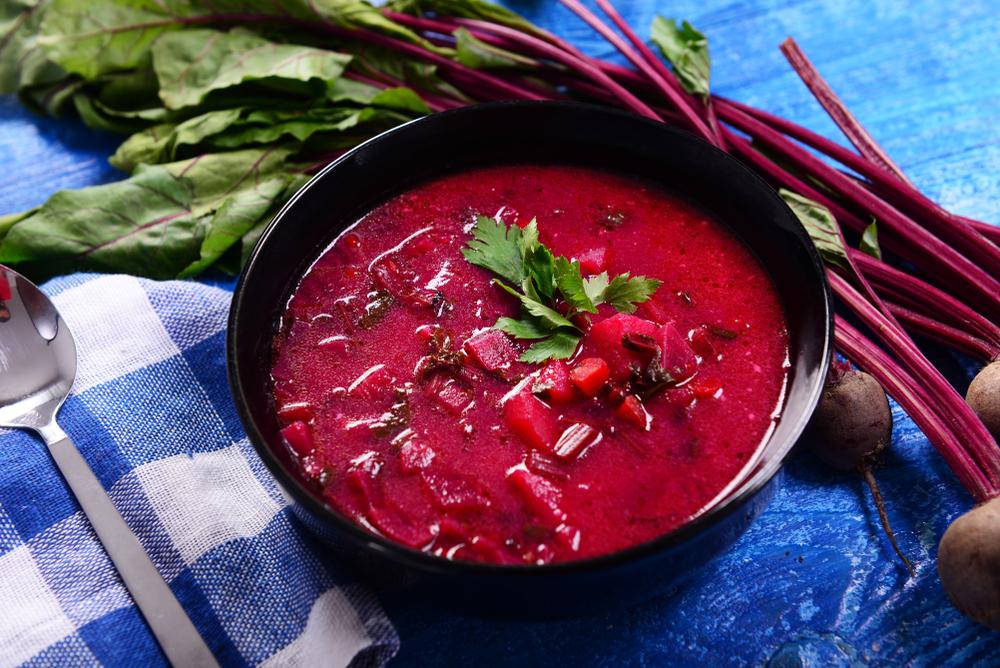
Coriander makes beetroot soup sing when paired with cumin and hazelnut dukkah. Meanwhile, chili powder transforms humble aubergine into restaurant-worthy veggie chili, and garam masala turns ordinary broccoli with paneer into something exceptional.
Meat That Matters
Poultry spice blends (thyme, sage, marjoram, rosemary, pepper, and nutmeg) create herbaceous, earthy flavors that work magic on chicken, fish, pork, stuffing, and casseroles. Jamaican jerk spices make incredible dry rubs and marinades that’ll have your neighbors asking for your secret.
International Passport in a Jar
Curry powder (coriander, turmeric, cloves, pepper, garlic, cumin, salt, allspice, and mustard) unlocks authentic Indian flavors, while pickling spice with bay leaf, mustard seeds, peppercorns, and allspice creates perfect brines for vegetables and cured meats.
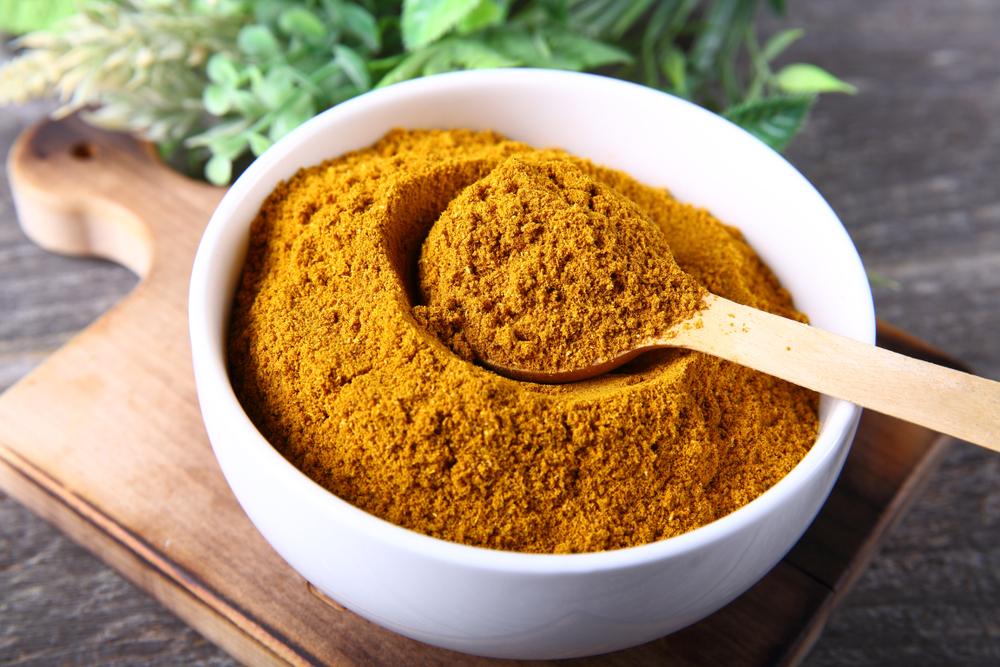
Creative Genius Moves
Think outside the savory box: coriander adds incredible kick to orange drizzle cake, while fennel seed transforms homemade bread and makes Italian sausages sing.
Start Your Spicy Journey Now
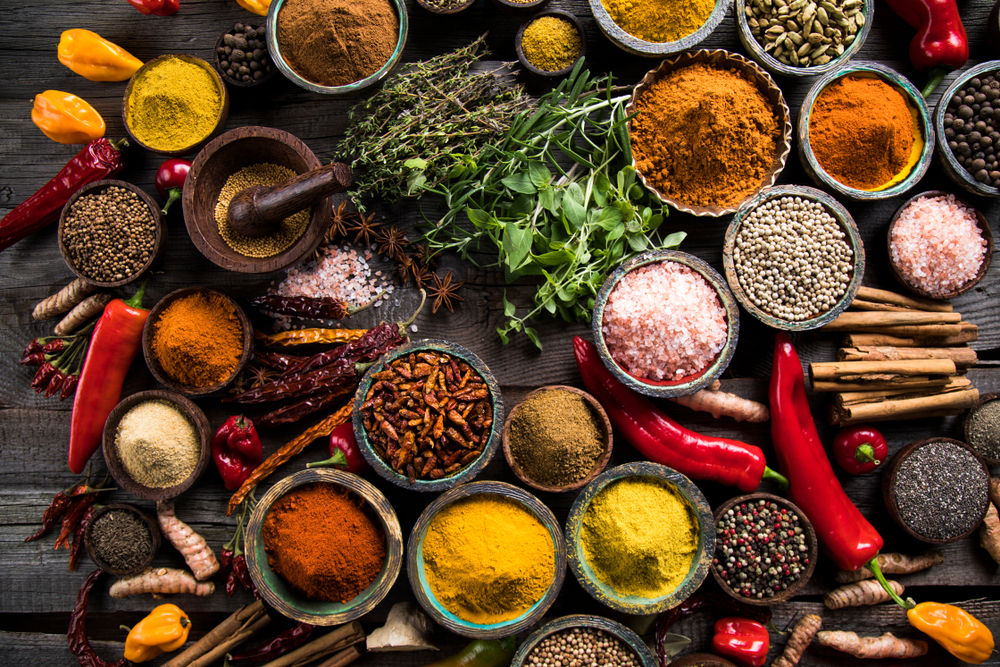
You’ve just started to unlock thousands of years of culinary wisdom that will help you turn every meal into an adventure. So go ahead—open that jar of cumin you’ve been afraid to use, toast some whole coriander seeds, or create your own spice blend. Your taste buds have been waiting for this moment, and trust me, your food will never taste boring again.

Leave a Reply